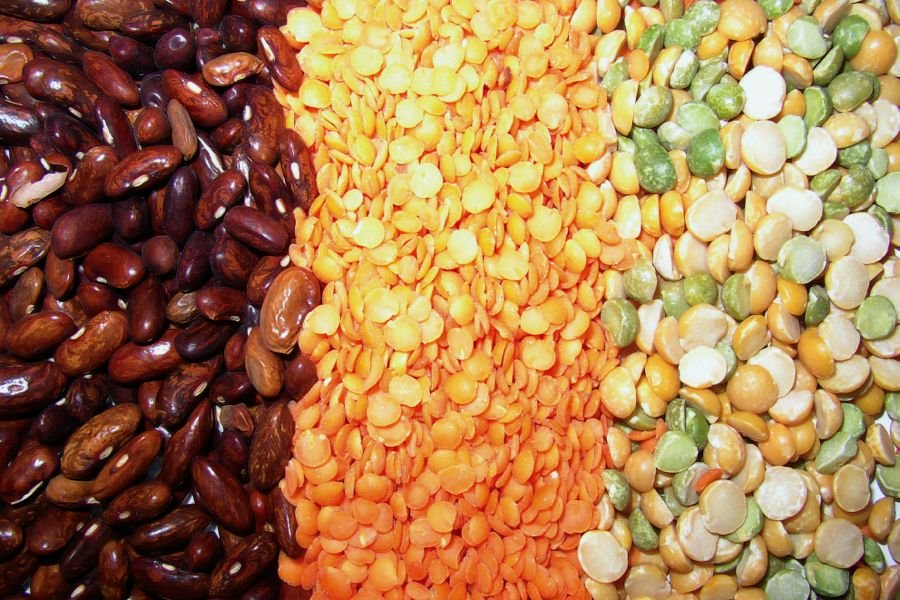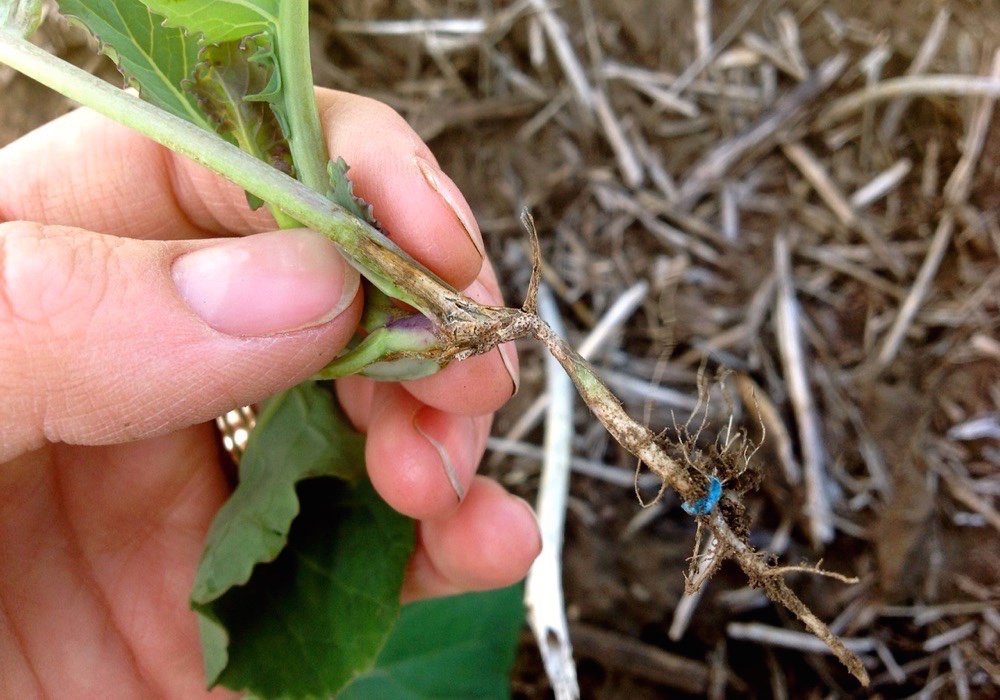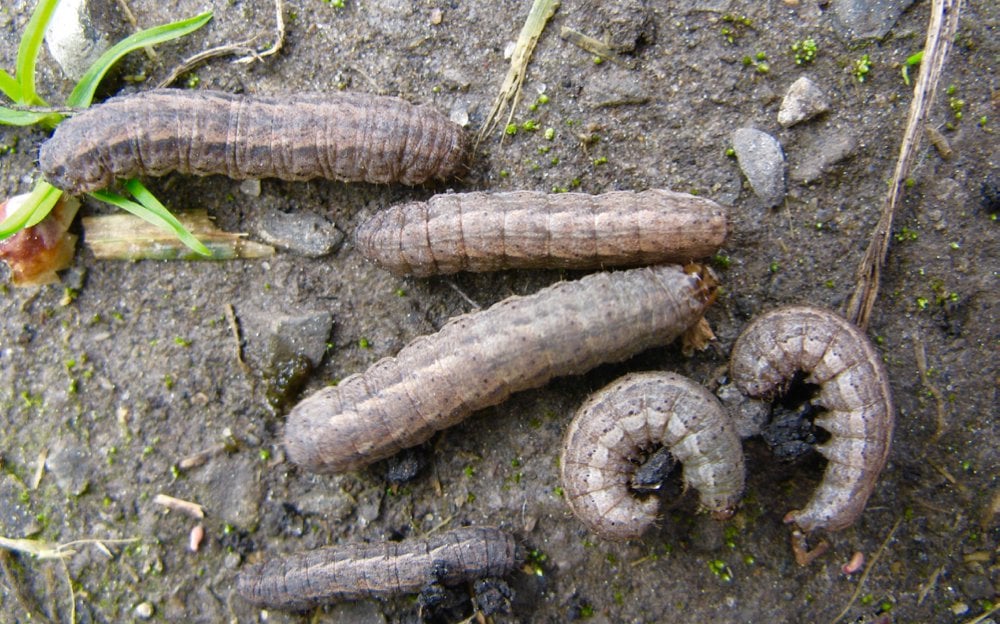Clubroot is coming your way… if it hasn’t already arrived. Use the 2019 growing season to compare clubroot-resistant varieties, look at break crops, scout for galls, improve biosecurity and talk about the disease
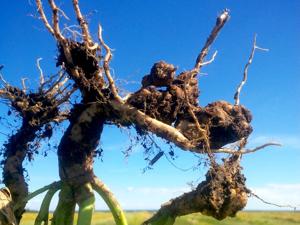
If you grow canola anywhere on the Prairies, you’re now at risk of clubroot. That’s the bad news. The good news is that you can manage the disease by taking these five actions:
1. Choose resistant varieties best-suited to your farm
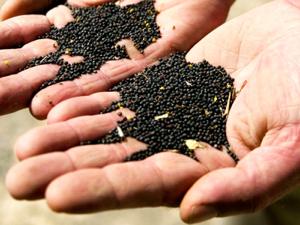
“Growing anything susceptible is bad for this disease, even in long rotations,” says Clint Jurke, agronomy director for the Canola Council of Canada. As of January 2019, growers could choose from 28 clubroot-resistant (CR) canola varieties from seven different companies. A few more will be launched this year and availability will continue to increase.
“In time, clubroot resistance could be as common as blackleg resistance,” Jurke says. “If you aren’t using a CR variety in 2019, at least spend some time this summer at seed tours and talking to farmers who are growing these varieties so you know which ones you might reserve for 2020.”
Rachael Verwey is an agronomist with Pembina Co-op at Notre Dame de Lourdes in central Manitoba. With clubroot found in fields near her territory, farmers are thinking more about the CR trait, she says. But they are straight-combining more canola acres, so the pod shatter trait is very popular. For them, CR varieties must have pod shatter tolerance as well, she says.
2. Find good options to extend the break between canola crops

The CR trait alone is not enough to keep spore counts low. In a clubroot situation, grow canola no more than once every three years on a field. The biggest benefit and the biggest reduction of spores in the soil come from a two-year break. “Without this minimum two-year break, genetic resistance to clubroot can be broken fairly quickly,” Jurke says.
It can take some time to find crops that grow well in an area most of the time, are profitable most of the time, fit with the farm’s machinery lineup and match your tolerance level for residue management, lodging, timely delivery and whatever else a new crop represents.
“The canola-wheat rotation is typical in my area,” Verwey says. “With soybeans starting to fit in, even though the crop didn’t have a great year in 2018, plus other crops such as corn, flax, buckwheat and hemp picking up, a two-year break is doable for farmers around here.”
A break-crop conversation has to include the reminder that volunteer canola and clubroot-hosting weeds — shepherd’s purse, flixweed, wild mustard and stinkweed — must be controlled in the non-canola years. Otherwise, clubroot galls on these weeds will negate any spore-reducing benefit of the break.
3. Look for the disease
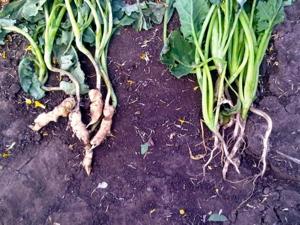
Field entrances tend to be the most common field-entry points for clubroot because that’s where clubroot-infested soil will first shake loose from the machinery that brought it there. Patches might also show up first in high-moisture or low-pH areas in a field. Clubroot is known to be worse in low-pH soil (even though it can still infect canola in soils with pH above 8.)
“Basically the disease occurs in patches,” Jurke says. “And where are those first patches most likely to occur? Think about how it gets to a field — mainly on machinery. And remember that this pathogen loves water. Wetter areas of the field build up the pathogen more quickly.”
If fields have no diseased patches (the obvious first places to scout), then start scouting near field entrances, low, moist areas and low-pH areas. Dig up the roots of 40 to 50 random plants and looks for galls. Plants that appear healthy can still have galls — and these galls will produce spores that can be spread around the field and then infect canola the next time around. In fields planned for canola next year, you could collect soil samples from high-risk areas and send the samples to a lab for clubroot DNA analysis. The website at clubroot.ca has a list of labs in the “Identify clubroot” section.
Verwey scouts for clubroot while checking canola fields for sclerotinia fungicide timing. “I haven’t found it yet, but it’s going to come,” she says. One farmer called last year asking her to check a lighter patch he noticed while combining. “It turned out to be blackleg,” she says.
4. Take measures to keep clubroot from spreading
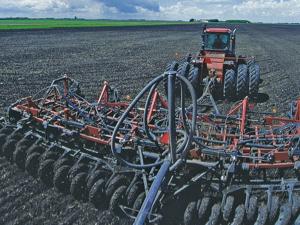
Think of the ways that clubroot-infested soil might move onto the farm and from field to field after arrival, then take measures to reduce these risks. The main way that clubroot spreads is on machinery: soil on tillage and seeding equipment, soil on tires, soil inside combines and swathers. Removing soil before leaving a field is a good way to stop clubroot’s spread. The more soil you can remove, the more risk you remove.
One helpful technique would be to identify separate entrances and exits for each field and then grass these entrances and exits to provide a relatively clean area to work. Because clubroot tends to be found at field entrances first, leaving through a separate exit means the machinery is less likely to pick up clubroot on the way out. And if clubroot-infested soil drops onto the grass, it is less likely to be picked up and spread throughout the field.
New attention to field biosecurity might be compared to the hospital operating room. There was a time when surgeons didn’t scrub their hands, wear gloves or sanitize their scalpels between operations. Given what we know about germs, that would be considered highly irresponsible behaviour these days. You might think of your fields as separate bodies and your field tools as scalpels. You want equipment to be clean before the work starts.
“Farmers in my area are starting to ask those biosecurity questions, especially about custom equipment that might be travelling from areas that they know have clubroot,” Verwey says.
5. Talk about clubroot
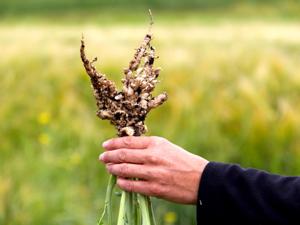
Take the lead in encouraging clubroot conversations among neighbours, landlords and local agronomy and extension staff. This should result in a more proactive approach to clubroot management in the community. As written in a recent Canola Watch, “Farmers who discover clubroot early and take action should be commended. Not singled out. Not blamed. By coming forward, you and your neighbours have a chance to talk about management objectives early, while spore loads are low.”
Verwey says clubroot is coming and finding it as early as possible would be a positive story. “There is such as a hush-hush about clubroot, but it’s so important for everyone around you to let them know if you’ve found it,” she says. “Use your agronomist to keep an eye out. Use the resources around you to help manage it.”
For lots more on how to prevent, identify and manage clubroot, visit clubroot.ca.
Jay Whetter is communications manager with the Canola Council of Canada
Six things I wish I had done earlier
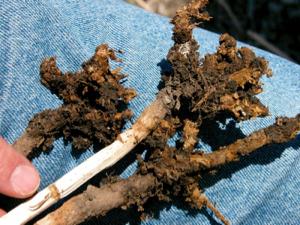
Alberta farmer John Guelly has received lots of positive attention for his willingness to talk openly about clubroot. At a presentation at CropConnect in Winnipeg in February, he shared these six clubroot-management steps he wishes he would have done earlier:
1. Extend to a minimum three-year rotation sooner.
2. Deploy clubroot-resistant (CR) varieties sooner.
3. Start scouting sooner — even in wheat, to look for galls on canola volunteers or host weeds, and to find clubroot one rotation cycle sooner.
4. Mark the patches better for monitoring and grassing.
5. Pull the plants in the patches and burn them.
6. Rotate HT systems to reduce non-resistant volunteers.


